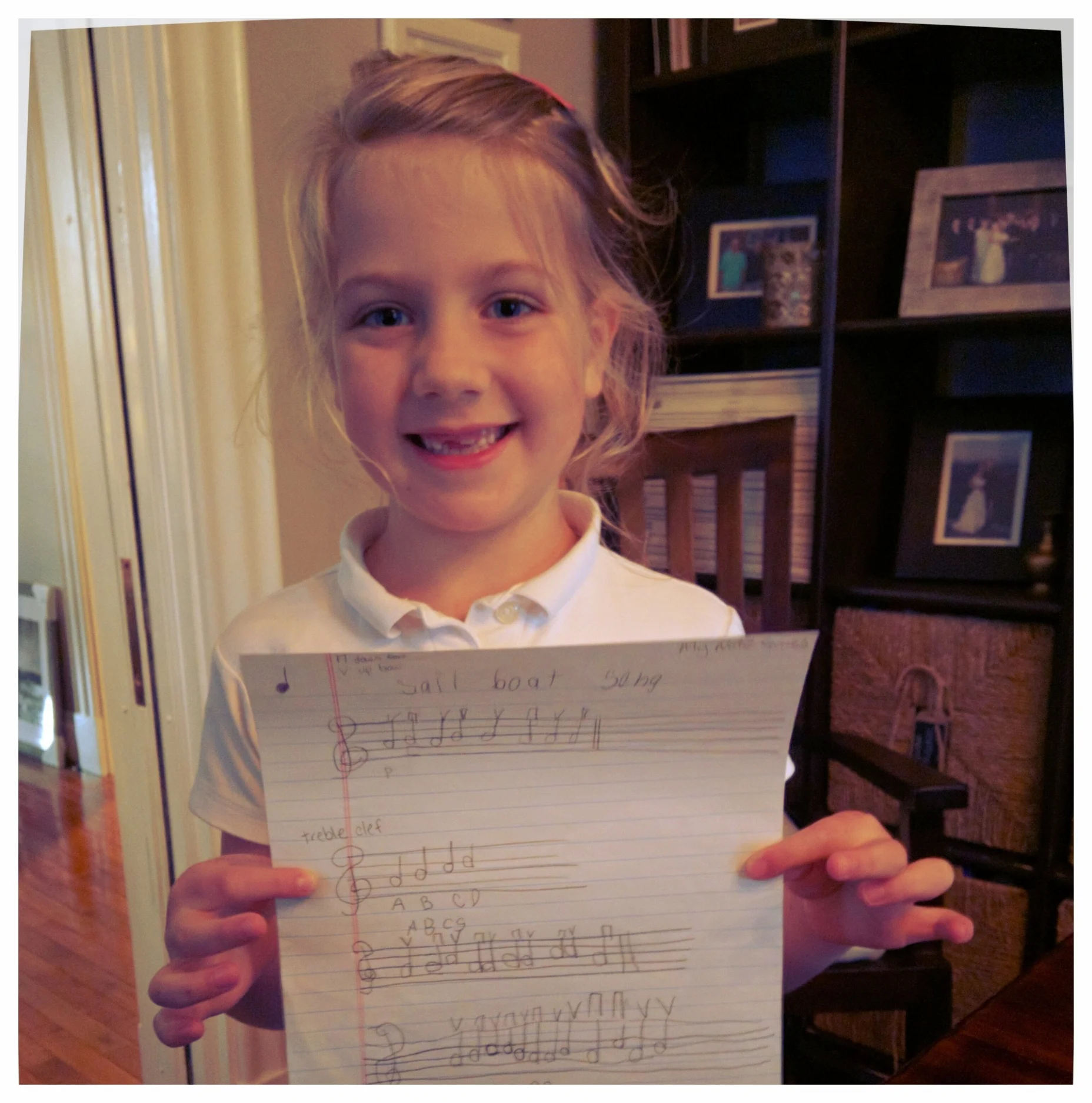Learn to Read Music, by Writing Music!
Eleanor S. has been working really hard on her pitch naming and music reading skills! At first, she only knew the finger number for each note on her violin. Over the past couple months, we’ve worked on calling notes by their letter name. One way to solidify this concept is to learn to notate the pitches in your own compositions! Can you imagine learning to spell words without the ability to write them down?
First, we had to learn the basics of musical notation; the 5 lines and 4 spaces on the staff, treble clef, and note head placement. We also had to learn that notes placed near the top of the staff were high, and notes near the bottom were low.
We started with just a few notes on the staff; A, B, and C#. She was assigned to write a few songs using those notes, by notating them by herself. After composing the songs, she learned to play them on her violin, and her pieces came to life!
Last week, I asked her to write out a new song. I told her the letter names, and she wrote the notes down. Then, I asked her to play the song by reading her homemade sheet music. It didn’t take long for her to figure out that she was playing Jingle Bells!
Learning to notate your own compositions gives meaning to note reading. Students can take ownership over their own musical ideas and share their compositions with others. Eleanor is getting better and better at her letter names for notes, and now she understands the basics of music reading and composition. She has mastered A, B, C#, D, E and F#, and she'll know the entire A Major scale before you know it! Way to go, Eleanor!


